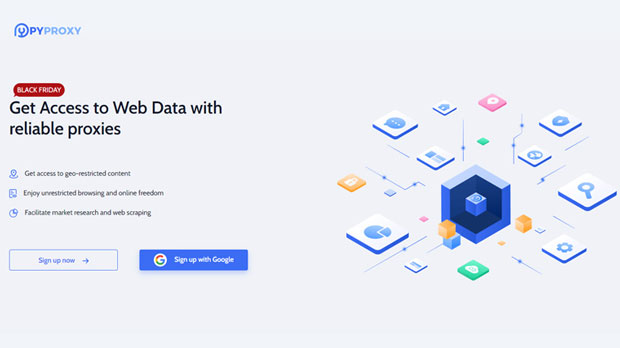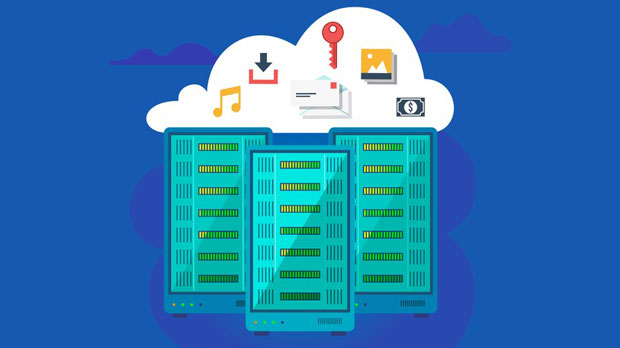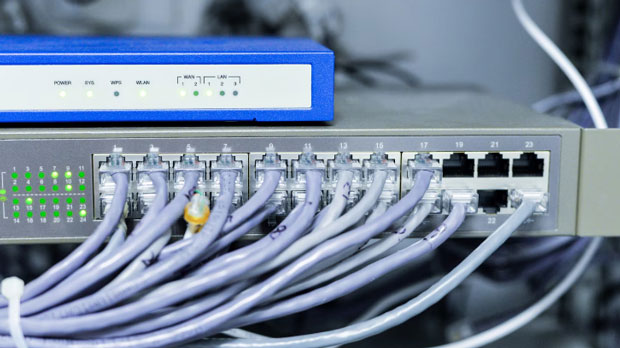The global market for static ISP proxies is experiencing significant growth due to the increasing demand for enhanced privacy, security, and anonymity online. Businesses, marketers, and individuals are relying more on static ISP proxies for their ability to mask IP addresses and ensure stable and anonymous internet access. However, this surge in demand is also causing a resource scarcity, as providers face challenges in supplying high-quality proxies while maintaining affordability and efficiency. The market trend is characterized by both expansion and pressure on resources, leading to a competitive landscape for both providers and users. This article explores the current state of the static ISP Proxy market, examining the drivers behind the growth, the challenges providers face, and the impact of resource scarcity on the overall market. 1. Understanding Static ISP ProxiesStatic ISP proxies are a specific type of proxy server that connects users to the internet via a dedicated IP address provided by an Internet Service Provider (ISP). Unlike dynamic proxies that change IP addresses frequently, static ISP proxies offer a stable, unchanging IP address, which makes them ideal for various use cases such as web scraping, SEO monitoring, and secure access to geo-restricted content.These proxies are highly valued in the market for their reliability and security features. They are particularly useful for businesses that need to maintain a consistent online presence, avoid IP bans, and gather data without detection. The need for these proxies has grown as online privacy and security concerns have risen, and as more organizations seek to enhance their digital footprint without exposing themselves to potential risks.2. Driving Factors Behind the Growing Demand for Static ISP ProxiesSeveral factors contribute to the rapid growth of the static ISP proxy market:2.1. Increased Online Privacy ConcernsAs cyber threats become more sophisticated, both businesses and individuals are becoming increasingly concerned about their online privacy. Static ISP proxies help mask the user's real IP address, protecting sensitive data from hackers, surveillance agencies, and other malicious actors. The increasing use of digital tools, including social media, online banking, and e-commerce, further amplifies the need for proxies to ensure that users can browse safely and securely.2.2. Growth in Data-Driven Marketing and Web ScrapingThe marketing and data collection industries are also major drivers of the increased demand for static ISP proxies. In the digital age, marketers rely on web scraping to gather data about competitors, track prices, and analyze customer behavior. Static ISP proxies are ideal for these purposes, as they enable businesses to collect large amounts of data without facing IP bans or throttling from websites. This has made static proxies an essential tool in the modern marketing landscape, where timely and accurate data is a valuable asset.2.3. Enhanced Performance in SEO and Ad VerificationSearch Engine Optimization (SEO) and ad verification require consistent access to websites from different locations, without triggering security measures such as CAPTCHA systems or IP bans. Static ISP proxies offer a reliable solution for these needs, allowing SEO specialists and advertisers to conduct their activities across various markets while maintaining consistent IP addresses. This helps to avoid interference with web crawlers and improves the overall efficiency of digital marketing campaigns.3. Challenges Faced by Static ISP Proxy ProvidersWhile the demand for static ISP proxies continues to rise, providers are facing a set of challenges that threaten to disrupt the market's stability. These challenges primarily revolve around resource scarcity and the need for high-quality proxies.3.1. Limited Availability of Static IPsOne of the primary issues facing the proxy industry is the limited availability of static IP addresses. Since static proxies require a dedicated IP from an ISP, the supply of these IPs is not unlimited. The growing demand for static proxies has created a situation where providers struggle to meet the needs of their customers, resulting in higher prices and potential shortages.This issue is exacerbated by the fact that ISPs often reserve static IPs for business customers, limiting the amount of resources available to proxy providers. As a result, proxy companies must compete for these valuable IP addresses, leading to increased competition and price volatility in the market.3.2. Balancing Quality with AffordabilityStatic ISP proxy providers must also strike a balance between quality and cost. To maintain a competitive edge, they must provide high-quality proxies that ensure speed, reliability, and security. However, as the demand for proxies increases, maintaining affordability becomes increasingly difficult. Providers are under pressure to reduce their pricing while ensuring that their proxies remain high-performance. This is a delicate balancing act that can lead to compromises in service quality or operational efficiency.3.3. Increasing Pressure from Cybersecurity ThreatsThe rise in cybercrime and cyberattacks also puts pressure on proxy providers. The growing number of DDoS attacks, data breaches, and malware risks means that proxy services must ensure their infrastructure is secure and resistant to these threats. Maintaining a high level of security adds to the cost of providing static ISP proxies and limits the ability of smaller providers to compete with larger, more established companies.4. Resource Scarcity and Its Impact on the MarketAs demand for static ISP proxies continues to outpace supply, resource scarcity has become a significant issue for both providers and users. The limited availability of static IP addresses means that businesses looking to utilize these proxies may face longer waiting times, higher prices, and less flexibility in their service options.This scarcity is also leading to increased competition in the proxy market. Established providers are vying for a larger share of the market, while smaller or newer companies may struggle to keep up with the demands of their clients. The resulting competition can lead to price fluctuations, as well as a focus on more innovative solutions to overcome resource constraints.5. The Future of the Static ISP Proxy MarketLooking ahead, the static ISP proxy market will likely continue to evolve in response to the changing landscape of digital privacy, security, and resource availability. In the short term, demand for static proxies will remain strong, driven by the ongoing need for enhanced security and reliable data collection methods.However, providers will need to address the challenges posed by resource scarcity in order to remain competitive. This may involve exploring alternative methods of acquiring static IP addresses, optimizing existing resources, or expanding into new markets where the demand for proxies is less saturated.Additionally, as the market matures, we can expect more regulation and oversight of proxy services, particularly in terms of privacy laws and ethical guidelines. This could impact the way proxies are offered, with an increasing emphasis on compliance with data protection regulations and transparency in service delivery.The global static ISP proxy market is poised for continued growth as businesses and individuals seek ways to safeguard their online privacy, improve their digital marketing efforts, and ensure seamless internet access. However, as demand surges, providers are facing significant challenges related to resource scarcity, competition, and the increasing pressure to maintain high standards of service. The market's ability to adapt to these challenges will determine its future trajectory, with innovation and efficiency becoming key factors for success.Ultimately, the success of the static ISP proxy market depends on how providers address the dual challenges of growing demand and limited resources. By focusing on innovation, security, and strategic resource management, businesses can continue to meet the evolving needs of their customers in this dynamic and increasingly vital industry.
Nov 11, 2025



































































